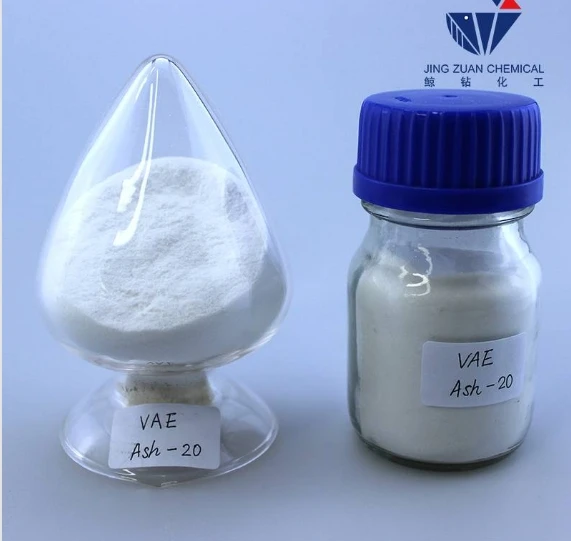
Лис . 14, 2024 15:41 Back to list
hpmc formulation
Understanding HPMC Formulation An Overview
Hydroxypropyl methylcellulose (HPMC) is a multipurpose polymer widely used in various fields, including pharmaceuticals, food, construction, and personal care products. Its unique properties, such as film-forming capabilities, thickening, emulsifying, and stabilizing features, make HPMC a critical component in numerous formulations. This article explores the significance of HPMC formulation, its applications, and the factors affecting its performance.
What is HPMC?
HPMC is a semi-synthetic polymer derived from cellulose, a natural polymer found in plant cell walls. The modification process involves treating cellulose with propylene oxide and methyl chloride, which introduces hydroxypropyl and methoxy groups into the cellulose structure. The result is a non-ionic, biodegradable polymer that dissolves easily in cold water, forming a clear gel solution. Its chemical structure allows for the alteration of physical properties, enabling customization based on specific formulation needs.
Applications of HPMC
1. Pharmaceuticals In the pharmaceutical industry, HPMC serves as a binder, excipient, and controlled-release agent in tablet formulations. Its ability to form hydrophilic matrices helps control the release of active ingredients, enhancing therapeutic efficacy. Additionally, HPMC is utilized in coating formulations for tablets, ensuring stability and improving the shelf-life of medications.
2. Food Industry HPMC is a popular food additive used as a thickening agent, emulsifier, and stabilizer. It improves texture and appearance in a variety of products, including sauces, dressings, and baked goods. HPMC is also used in gluten-free formulations to enhance dough flexibility and moisture retention, making it valuable for consumers with dietary restrictions.
3. Construction In the construction sector, HPMC is used as a thickener and water-retaining agent in cement-based products, including tile adhesives, mortars, and plasters. Its water retention properties enhance the workability and durability of these materials, making it crucial for construction applications.
4. Personal Care Products The cosmetics industry employs HPMC as a thickener and stabilizer in lotions, creams, and gels. It helps maintain product consistency and enhances the sensory feel of skincare formulations. Moreover, HPMC is used in hair care products to provide hold and improve texture without building up residue.
hpmc formulation

Factors Affecting HPMC Performance
The effectiveness of HPMC in formulations is influenced by various factors, including
- Concentration The concentration of HPMC can greatly impact the viscosity and texture of the final product. Higher concentrations typically lead to increased viscosity, making it essential to optimize levels for each specific application.
- Molecular Weight The molecular weight of HPMC affects its solubility, swelling behavior, and viscosity. Higher molecular weight grades may provide greater viscosity and gel strength, while lower molecular weight grades are more suitable for applications requiring faster dissolution.
- Degree of Substitution The degree of substitution, which refers to the average number of hydroxypropyl and methoxy groups attached to the cellulose backbone, influences the solubility and rheological properties of HPMC. Different degrees of substitution tailor HPMC for specific formulation requirements.
- pH and Ionic Strength The performance of HPMC is also affected by the pH of the formulation and the presence of electrolytes. HPMC remains stable across a wide pH range, but extreme conditions can affect its viscosity and gel formation.
Conclusion
HPMC formulation plays a pivotal role across various industries, driven by its unique properties and versatility. Understanding the parameters that affect its performance is essential for formulators to create effective and stable products. As research and development continue, the potential applications of HPMC are likely to expand, further solidifying its importance in modern formulations. Whether it be in pharmaceuticals, food, construction, or personal care, HPMC remains a valuable ingredient contributing to the quality and effectiveness of end products.
-
The Ultimate Guide to Mortar Bonding Agent
NewsAug.06,2025
-
Redispersible Powder: The Ultimate Solution for Modern Construction Needs
NewsAug.06,2025
-
HPMC: Unlocking Versatility in Industrial Applications
NewsAug.06,2025
-
HPMC: Revolutionizing the Industry with Superior Formulations
NewsAug.06,2025
-
Discover the Power of Redispersible Polymer Powder
NewsAug.06,2025
-
All You Need to Know About Mortar RDP
NewsAug.06,2025







